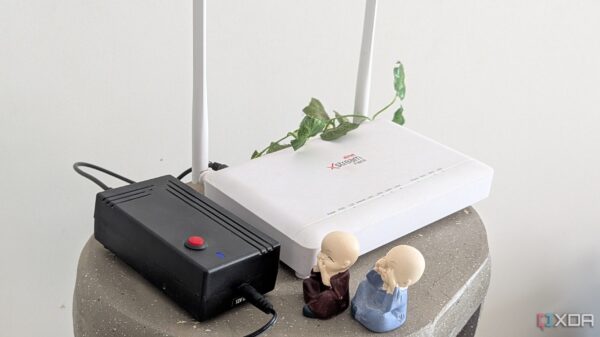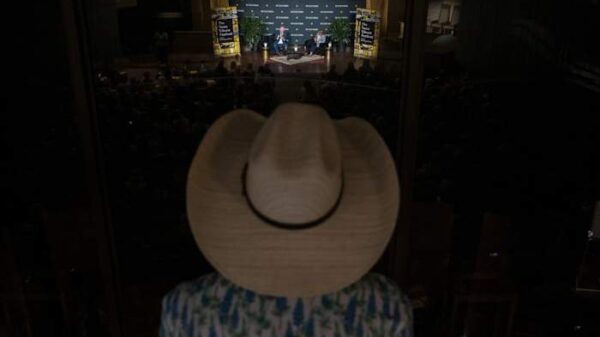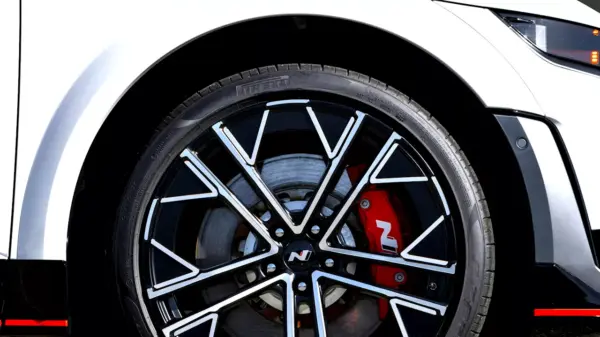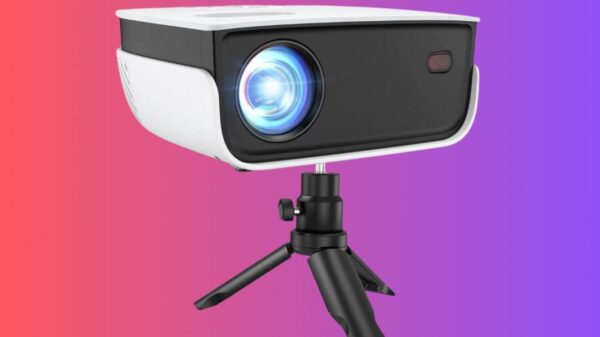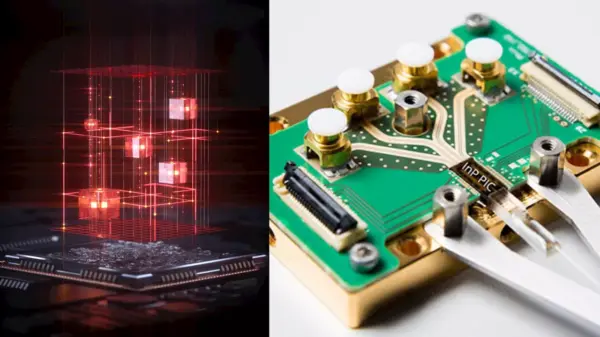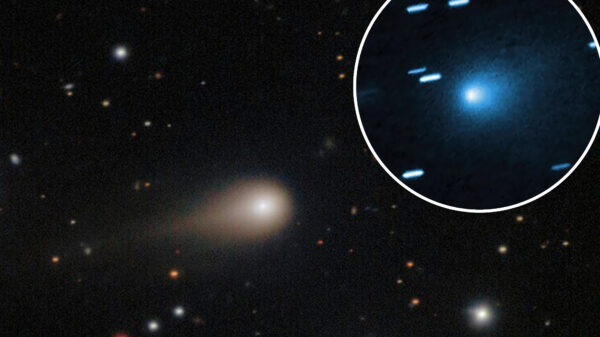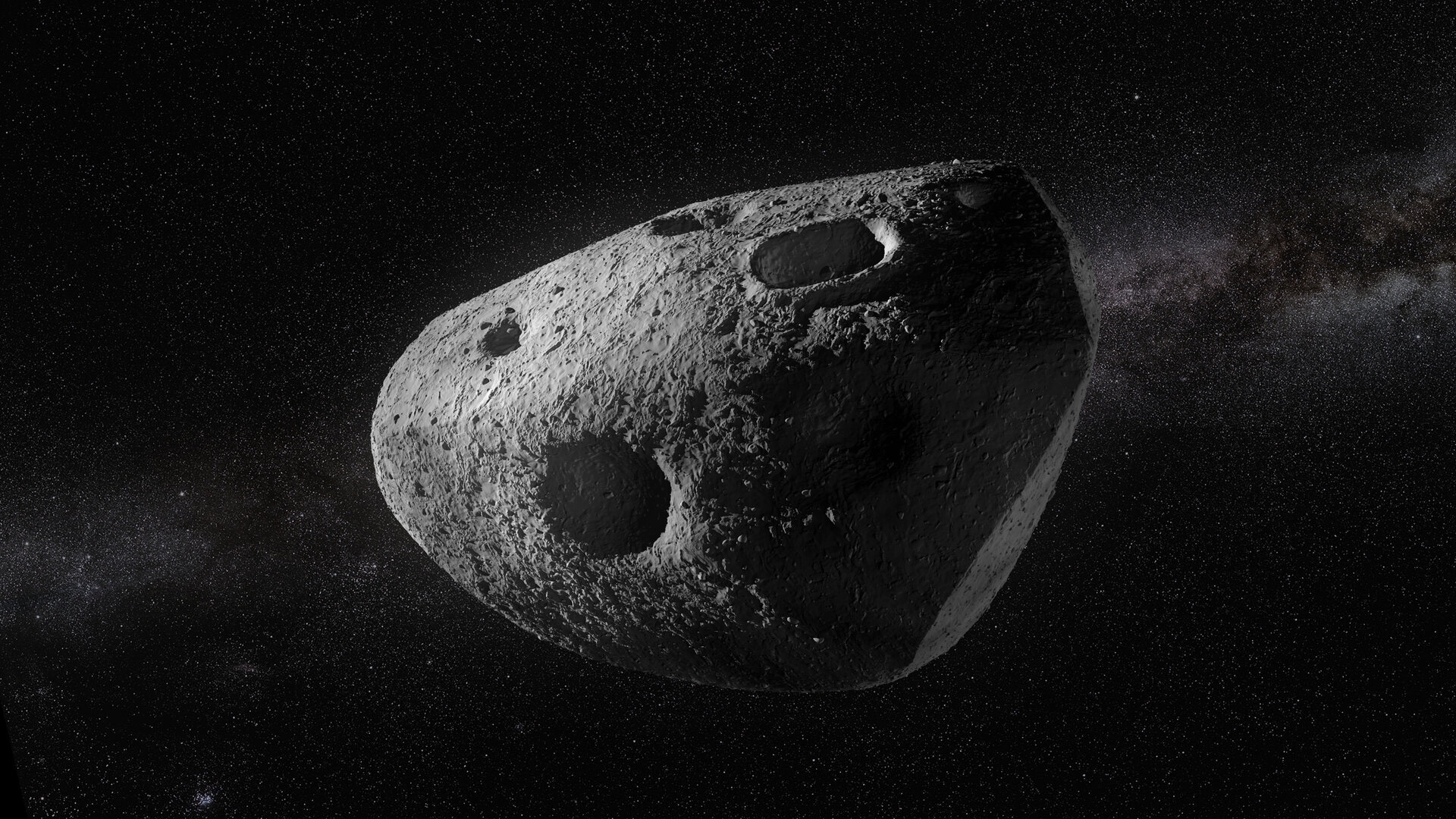In an exciting development for space exploration, two innovative mission concepts are vying for funding to examine asteroid Apophis, which is set to make a close approach to Earth in 2029. These missions aim not only to conduct flybys but also to potentially collide with the asteroid, offering scientists a unique opportunity to gather data on its composition and trajectory.
Mission Objectives and Design
The first mission proposal is spearheaded by a team of engineers and scientists based in Salt Lake City. This mission seeks to deploy a small satellite, or smallsat, designed to capture detailed images and measurements of Apophis as it passes within approximately 31,000 kilometers of Earth. The second mission, presented by an international consortium, plans to launch a more advanced smallsat capable of impacting the asteroid’s surface. This collision would allow researchers to analyze the resulting debris, providing insights into the asteroid’s structure and materials.
According to mission planners, both proposals are currently in the funding phase, with teams preparing to submit detailed plans to agencies such as the National Aeronautics and Space Administration (NASA) and the European Space Agency (ESA). The successful implementation of these missions would mark a significant milestone in our understanding of near-Earth objects.
Significance of Asteroid Apophis
Apophis is particularly noteworthy due to its size and orbit. Measuring approximately 370 meters in diameter, it was initially classified as a potential threat to Earth when it was discovered in 2004. Early calculations indicated a small chance of impact, which sparked widespread concern. However, subsequent observations have significantly reduced the perceived risk of a collision in 2029.
The upcoming close approach presents an invaluable chance for researchers to study the asteroid closely. By understanding its physical characteristics and trajectory, scientists hope to refine models that predict the behavior of other near-Earth objects. This research is not only pivotal for planetary defense but also for future exploration missions.
As the funding proposals are submitted and evaluated, the global scientific community eagerly anticipates the advancements in knowledge that could arise from these smallsat missions. The potential for collaboration between national and international space agencies further enhances the prospects for success in studying Apophis.
With the 2029 flyby on the horizon, the push for funding and support for these missions underscores the growing recognition of the importance of planetary science and the need to prepare for future challenges related to asteroid threats.






